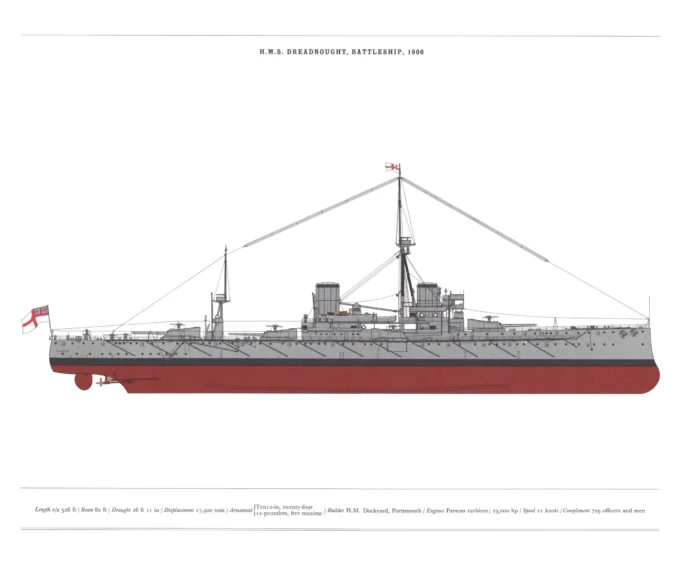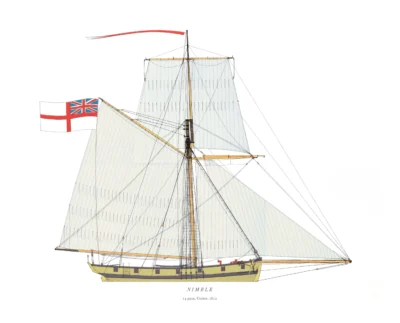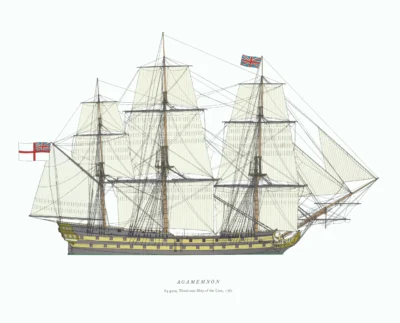HMS Dreadnought, Battleship, 1906
£17.50
Dreadnought: first all-big-gun battleship and the first battleship to be turbine powered (scroll down for a more detailed Description)
Published 1971 by © Hugh Evelyn Limited; drawn by Martin Holbrook
Size: c. 42.5 x 35.5 cm [17″ x 14″] (may vary slightly from printers’ cut 50 years ago)
Printed on high white matt cardstock 154 g/sm2
Print is LARGE size – shipping is the same for 1 to 10 prints (based on largest print size in your order) – see Shipping & Returns.
In stock
Description

Dreadnought:
Battleship Dreadnought class:
Built: HM Dockyard Portsmouth
Ordered: 1905; Laid: 1905; Launched: 1906; Commissioned: 1906: Decommissioned: 1919;
21,060 Tons; Leingth: 527′ (160.6 m); Beam: 82′ 1″ (25 m); Draught: 29′ 8″ (9 m);
Power: 23,000 shp (17,000 kW); 4 shafts; 21 knots (39 km/h; 24 mph);
Range: 6,620 nmi (12,260 km; 7,620 mi) at 10 knots (19 km/h; 12 mph);
Armament: 5 twin x 12″ (305 mm); 27 x 12 lb (5.4 kg); 5 x 18 in (450 mm) torpedo tubes;
When completed, in December 1906, HMS Dreadnought was the most powerful battleship in the world and revolutionised naval power: The first all-big-gun battleship to enter service, and the first battleship to be powered by turbines. She was two and a half knots faster than her rivals and carried twice the firepower of earlier battleships. The generation of ships she replaced became the “pre-dreadnoughts”. The father of Dreadnought was Admiral Sir John Fisher, First Sea Lord, arguably the greatest man to fill that role. He ordered design studies for a battleship armed solely with 12-inch (305 mm) guns and a speed of 21 knots (39 km/h; 24 mph). Dreadnought was the first battleship to have a uniform main battery. Her launch sparked a naval arms race. Other navies, particularly the German Imperial Navy, rushed to match it as WW I approached. On 18th March 1915 she rammed and sank German submarine SM U-29, becoming the only battleship to sink a submarine. She played no further hostile part in the War and was reduced to coastal defence in the English Channel in 1916. She re-joined the Grand Fleet in 1918 only to be reduced to reserve in 1919 and sold for scrap in 1921.
Additional information
| Weight | 0.0232 kg |
|---|---|
| Dimensions | 44 × 35.5 cm |





